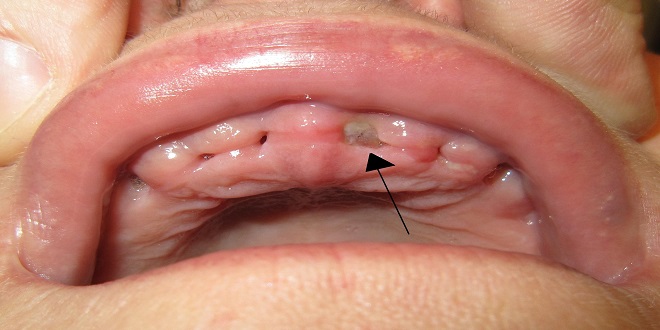Post-Extraction Smoking: Tips to Avoid Dry Socket

Are you a smoker who just had a tooth extracted? If so, you might be worried about getting dry socket – a painful condition that can occur after dental surgery. A dry socket occurs when the blood clot that forms in the extraction site is dislodged or dissolves too soon, leaving the bone and nerves exposed to air and food particles.
What is dry socket and what causes it?
Dry socket is a painful condition that can occur after tooth extraction. It happens when the blood clot that forms in the empty tooth socket either dissolves or becomes dislodged before the wound has healed completely, leaving the underlying bone and nerves exposed to air and food particles.
The blood clot serves as a protective layer over the healing area of your gums, keeping bacteria from entering and causing infection. When this protective layer is lost too soon, it can cause an intense pain that radiates through your jawbone to your ear.
Several factors can contribute to dry socket, including smoking, which decreases blood flow and slows down healing time. Poor oral hygiene or improper cleaning of teeth after extraction may also lead to dry socket. Additionally, certain medications such as birth control pills or steroids may increase risk.
How can you avoid dry socket after getting a tooth pulled?
After getting a tooth pulled, how to smoke after tooth extraction without getting dry socket? It can be difficult to avoid certain habits that may increase your risk of developing dry socket. However, there are steps you can take to minimize this risk and promote healing.
One important step is to avoid smoking or using any tobacco products for at least 72 hours after the extraction. Smoking can inhibit the blood flow in the affected area and delay healing, increasing your risk of developing dry socket.
You should also avoid drinking through a straw or spitting vigorously during the first few days after extraction, as these actions could dislodge the blood clot from its position and leave an empty socket exposed to air and bacteria.
Maintaining good oral hygiene by gently brushing your teeth near but not directly over the extraction site with a soft-bristled toothbrush twice daily is essential. Rinsing with saltwater solution several times per day could also help keep the area clean while promoting faster healing.
Since stress could affect immune function which would lead to higher chances of infection or delayed healing, it’s recommended that you rest adequately for at least two days post-extraction. Also maintaining healthy diet (soft foods) during recovery time will aid towards faster recovery!
By following these tips carefully, you can significantly reduce your chances of experiencing dry socket after getting a tooth pulled!
Fights Infections Naturally
Nature has provided us with a plethora of options to fight infections naturally. These natural antibiotics can be used for numerous ailments, including tooth infections.
So what is the strongest natural antibiotic for tooth infection? When using natural remedies, it is important to understand that they are not a substitute for professional medical advice and treatment. However, they can provide relief and support the healing process.
One of the benefits of using natural antibiotics is that they do not have harmful side effects like many conventional medications. They work with your body’s defenses to combat infection without damaging other systems in your body.
Final Words
Dry socket can be a very painful and uncomfortable experience after having a tooth extraction. It is important to follow the tips mentioned above to reduce your risk of developing this condition. Remember that smoking, using straws and spitting should be avoided for at least 48 hours after having a tooth extracted.



